
Peoples and Languages
Social Media
Leave comments, suggestions, keep an eye on news in our groups on VK, Odnoklassniki and Telegram channel


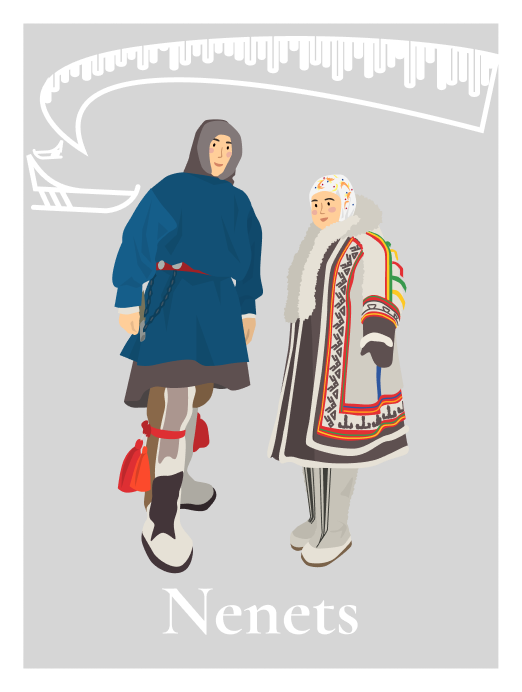
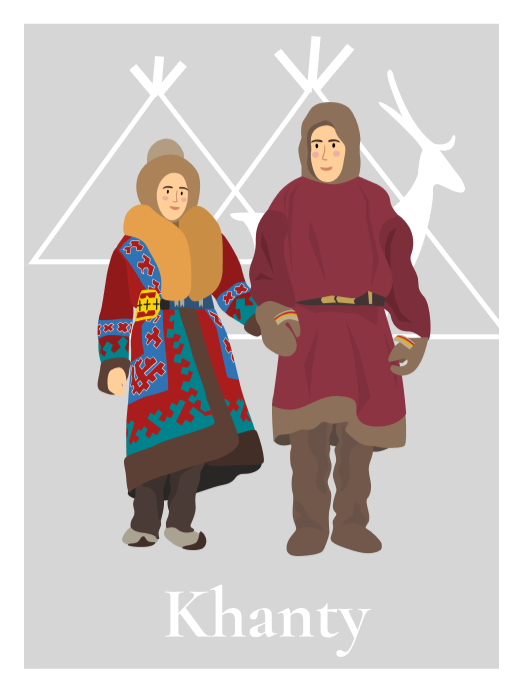


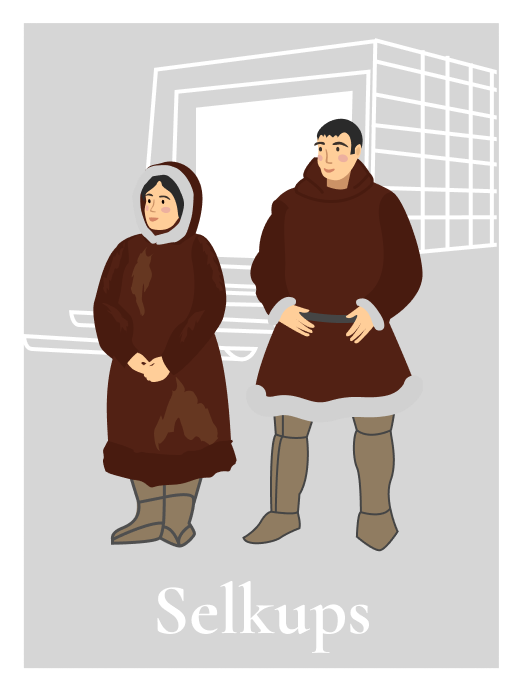
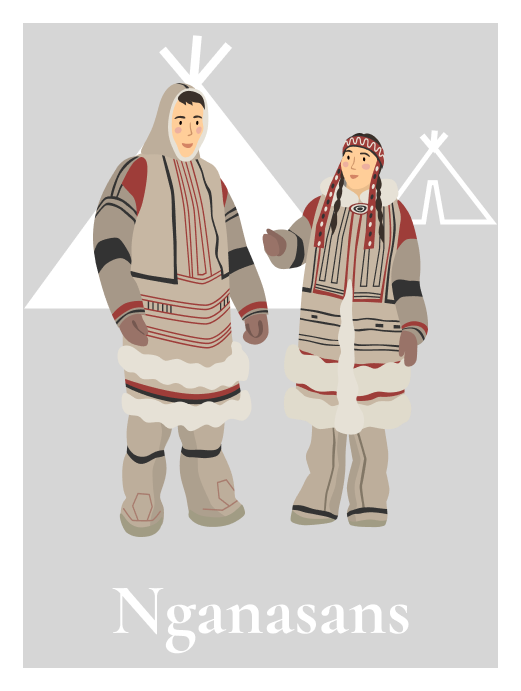
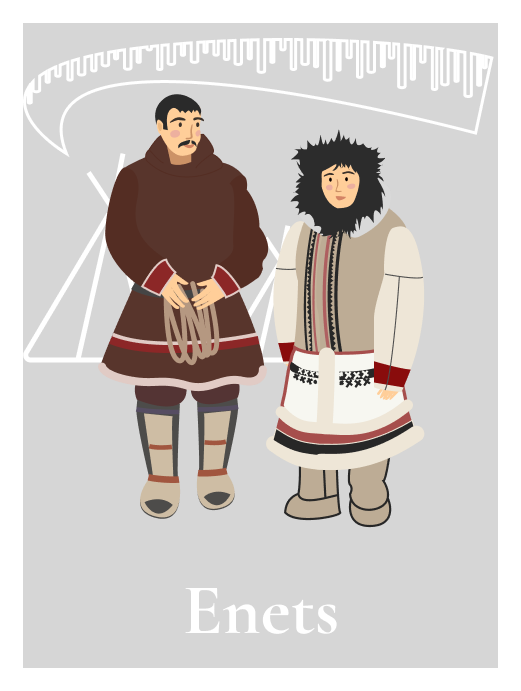
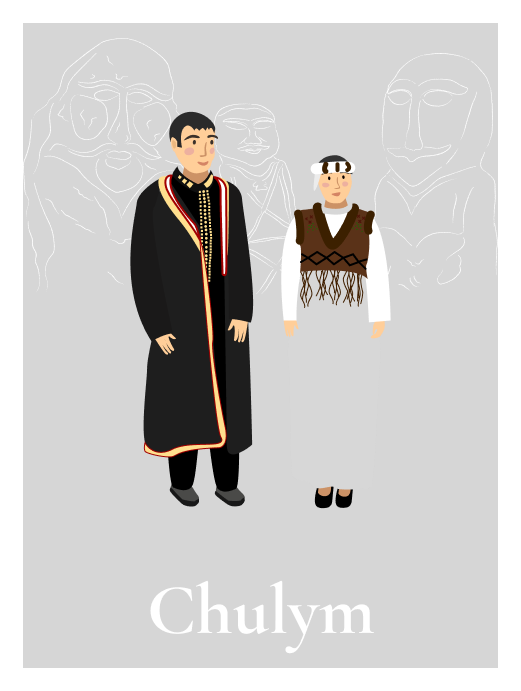
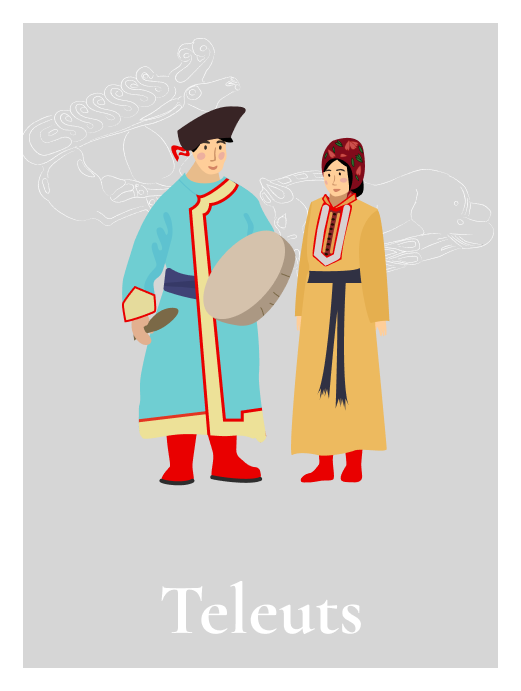


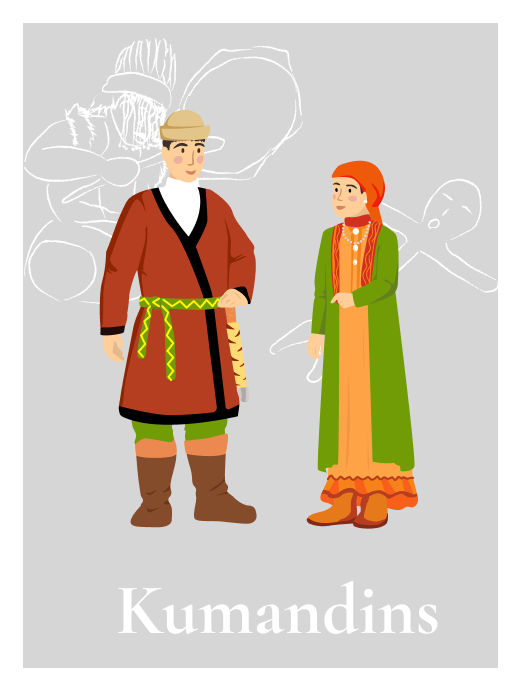

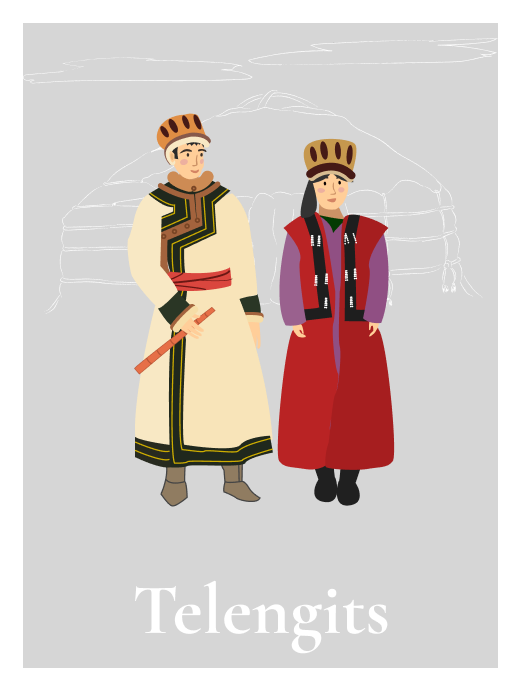

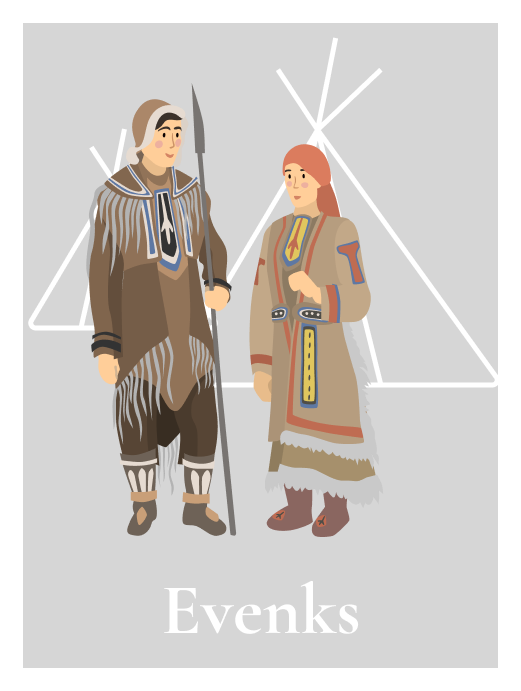
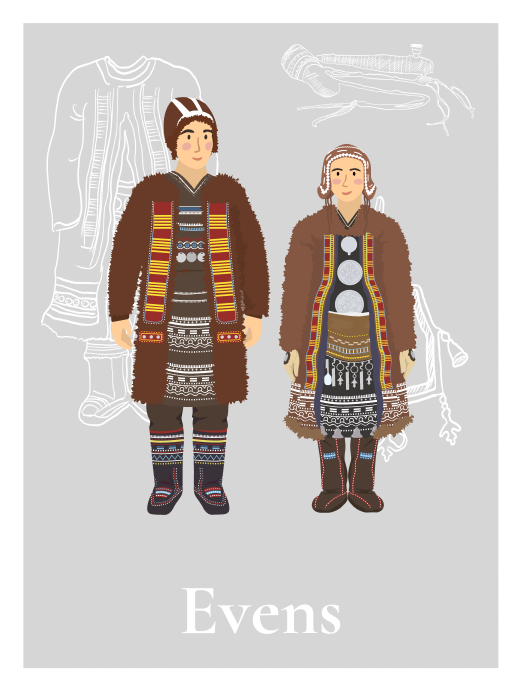
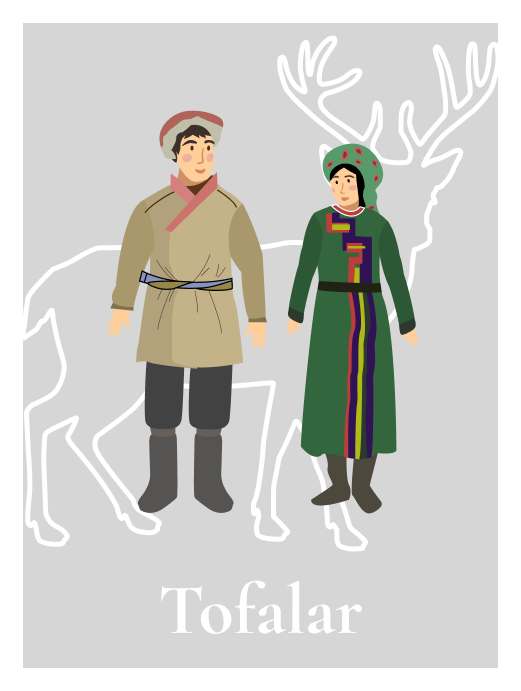
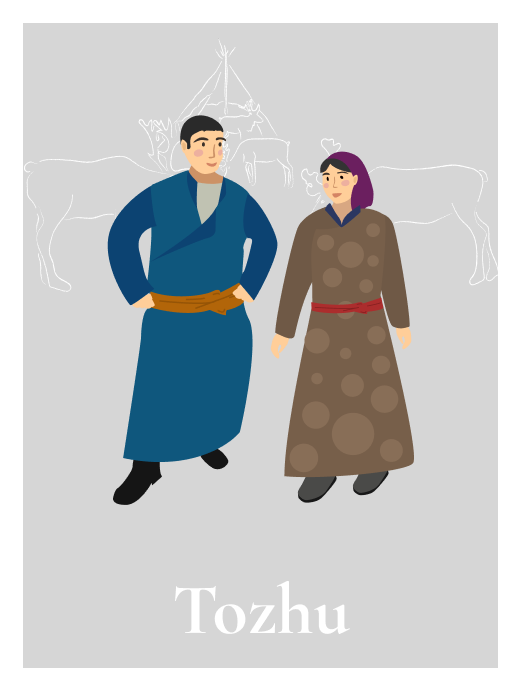
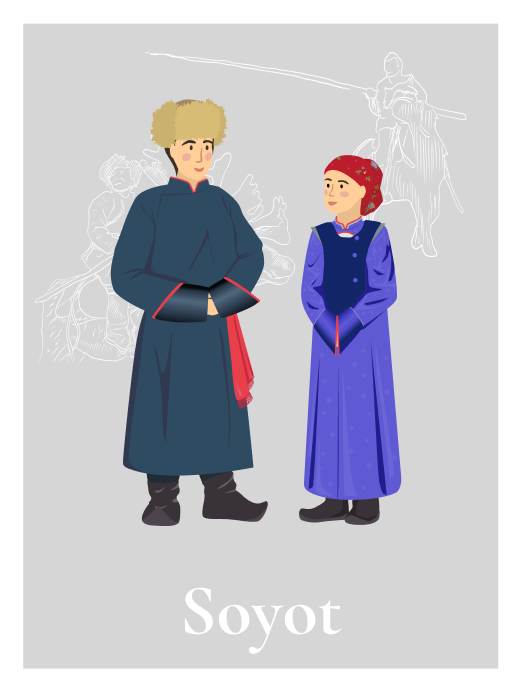
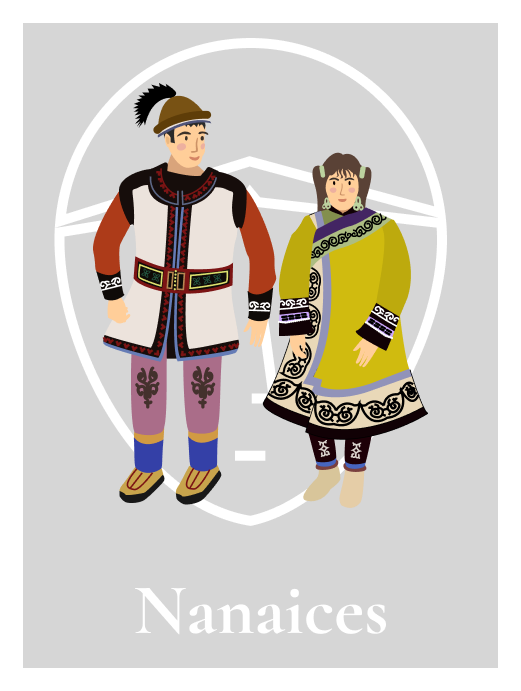
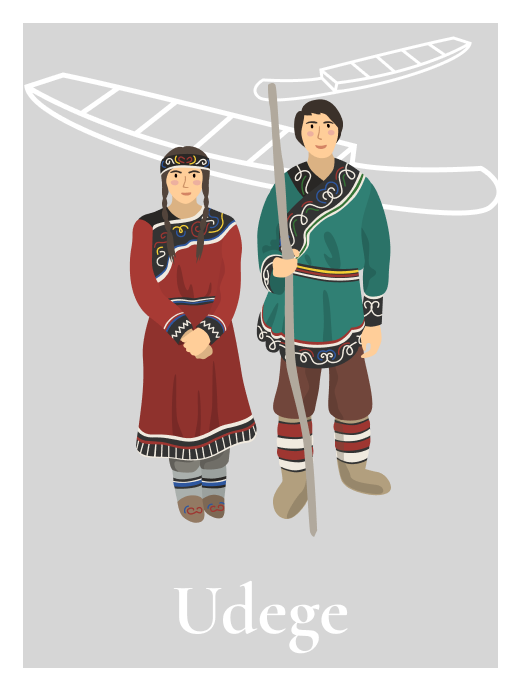

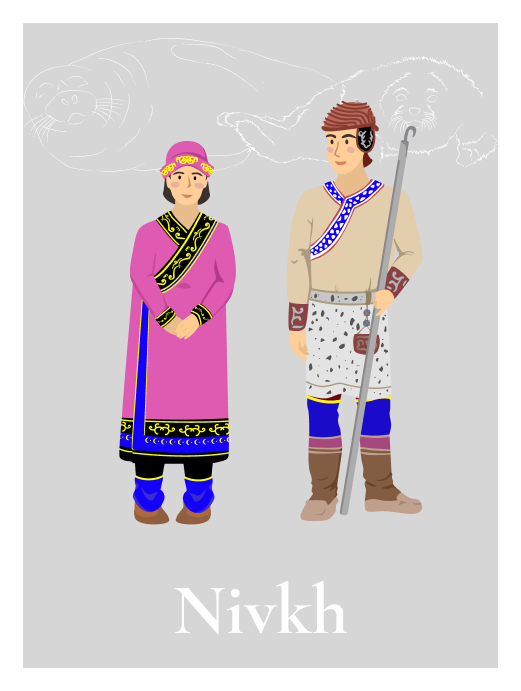
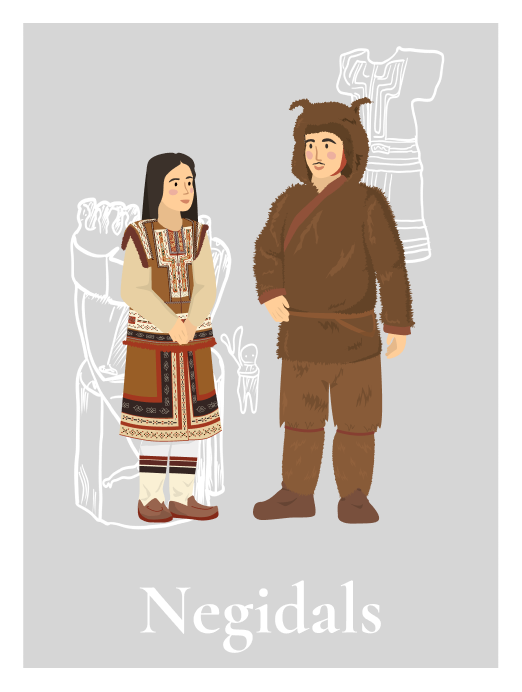
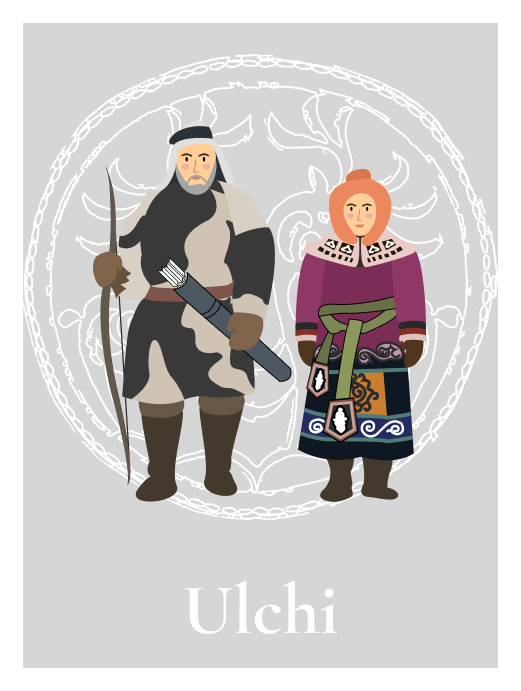


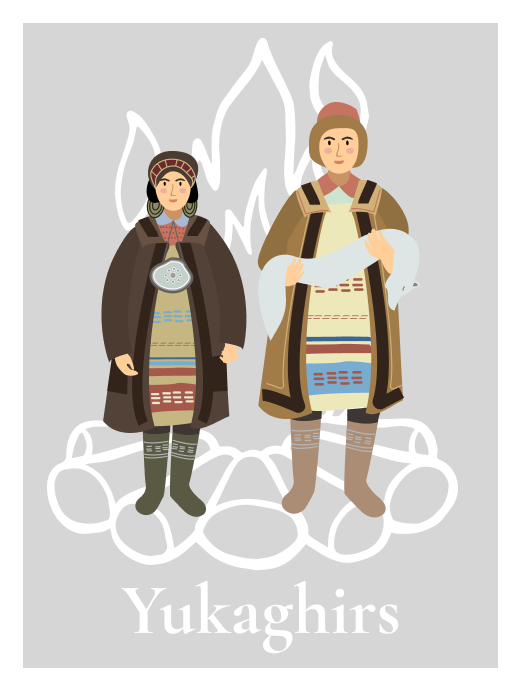
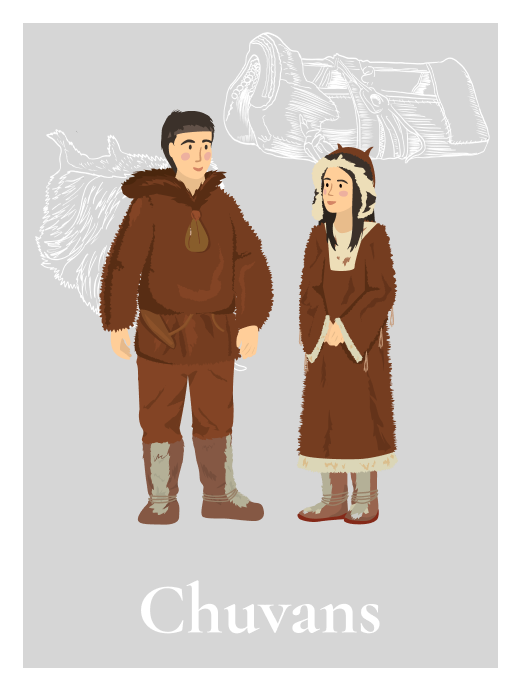
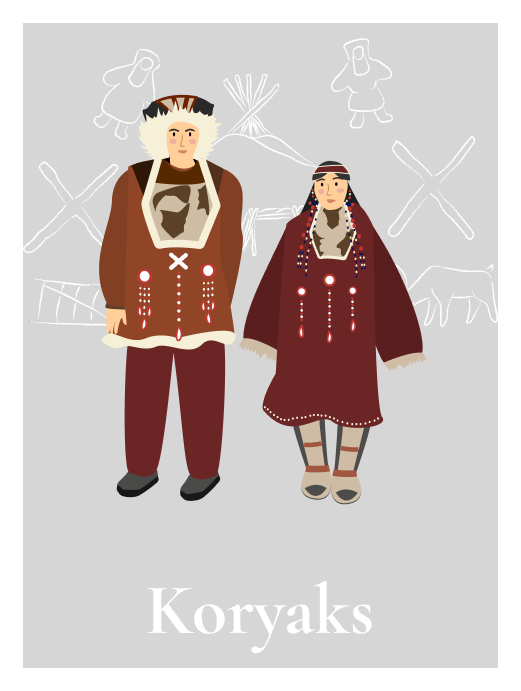

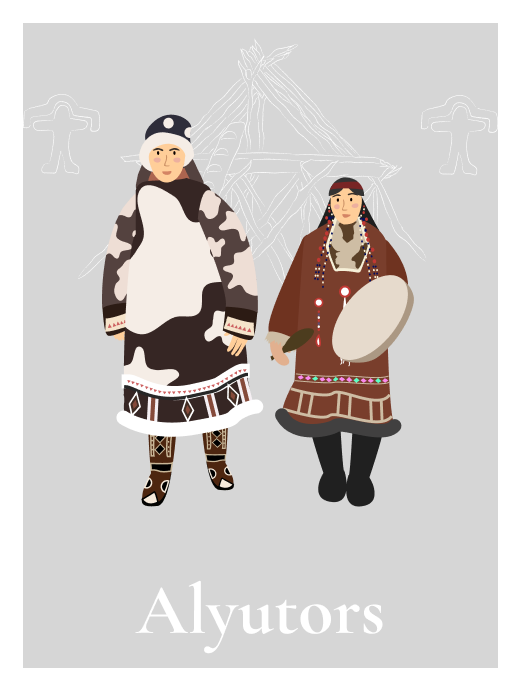


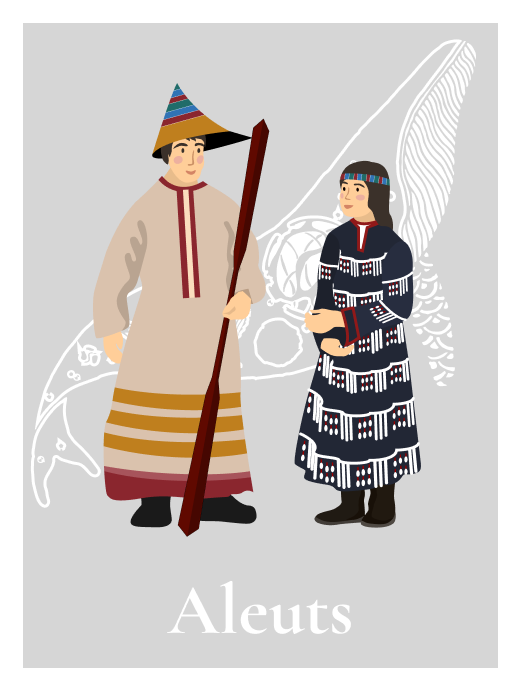

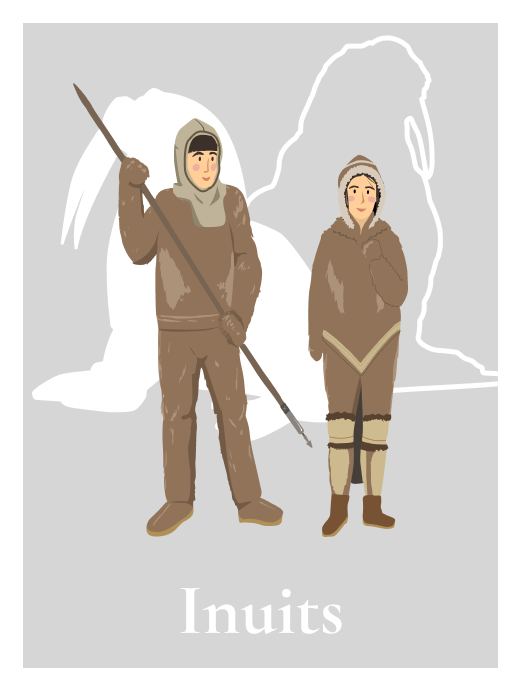
The small people of the Oroch lives on the coast of the Tatar Strait and along the Amur’s shores. The Oroch belong to the Baikal type of the North Asian race, the larger Mongoloid one, and speak the Oroch language of the Amur sub-group of the Tungus branch of Tungus-Manchu languages. The 2002 Census put the number of the Oroch at 686 persons, and the 2010 Census at 596 persons.
The small people of the Oroch lives on the coast of the Tatar Strait and along the Amur’s shores. Most of the Oroch live in the Khabarovsk Territory: in the city of Sovetskaya Gavan and in the villages of Lososina, Zavety Ilicha, Maysky, Innokentievsky in the Sovetskaya Gavan sub-district; in Vanino and in the villages of Datta, Uska-Orochskaya, Akur, Tuluchi, Kenada in the Vanino sub-district; in Komsomolsk-on-Amur and in the village of Snezhny in the Komsomolsk sub-district; in the town of Amursk and in the village of Novoe Ommi in the Amursk district; in the villages of Solontsy, Tsimmermanovka, Kalinovka, Dudi in the Ulchi district. Several Oroch families live in the Primorye Territory in the villages of Krasny Yar and Agzu.
The Oroch had diverse ties with the Ulchi, the Nanai, Negidals, Evenks, the Ainu, and the Nivkh. The Oroch used the ethnonym Gogdy to refer to the Nanai living along the Amur from the estuary of the Ussuri River to the Gorin River, and the ethnonym Solo Nani to refer to the Nanai living upriver of the Ussuri estuary. The Oroch had only culture-related contacts with reindeer herding Evenks living in the Tumnin’s catchment area and on the coast of the Tatar Strait. The mainland and island Ainu maintained regular contacts with the Oroch. Additionally, the Oroch had rather extensive contacts with the Manchu and the Chinese.
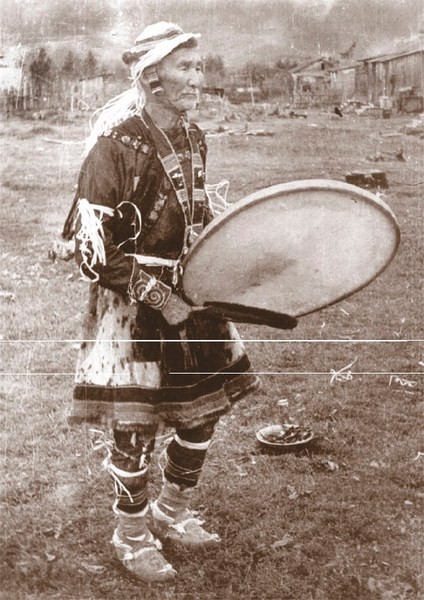
The Oroch were animists. This worldview is underpinned by a belief that the world around people is a living thing and all of its many inhabitants (people, animals, birds, fishes, etc.) have a soul. One individual soul in and of itself is not visible to a human being, but people know that it exists and how it behaves. Most Oroch called the soul khanya. Inside, it has another soul, khanya umuruni (literally “a soul’s reflection”).